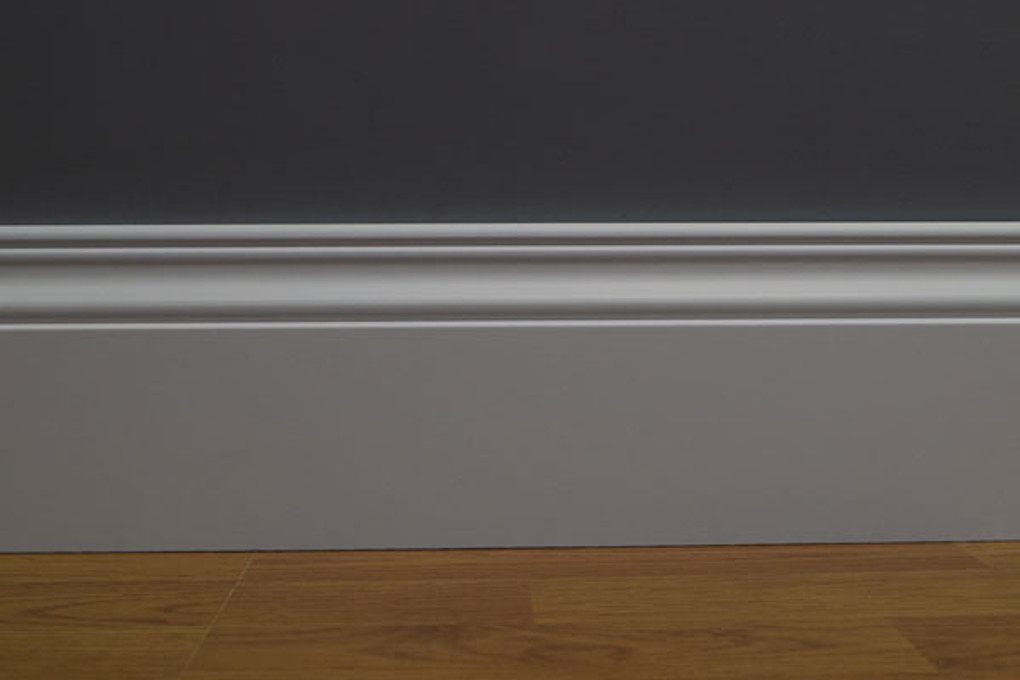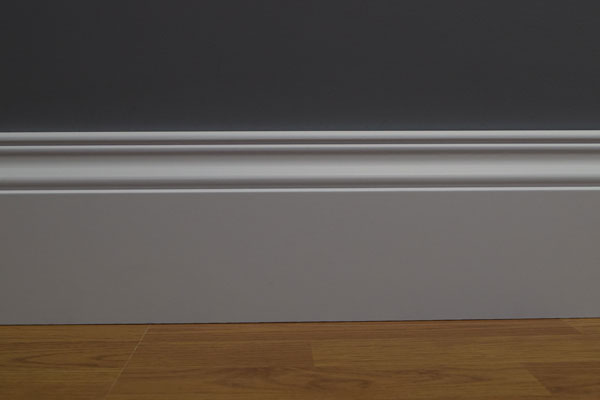
How To Join 2 Pieces Of Skirting Board On A Flat Wall
Posted by Lee Watkinson on 17th Sep 2018
How To Join 2 Pieces Of Skirting Board On A Flat Wall
Skirting boards are a very important aspect of the house. They not only protect walls from damage and prevent heat from escaping, but they also allow the house to stand out or blend in with the environment within.
It's no wonder skirting boards are now seen as fashionable and mean more today than back in the past. This is especially true with common households now.
But while this sounds great, skirting boards when misused will produce bad results. This is especially true with fitting or fixing the skirting boards.
Eventually, you will need to start joining the skirting boards to other adjacent skirting allowing the room to flow naturally. In today’s blog, we will go over this and show you how to join two pieces of skirting on a flat wall.

Before we begin you’ll need:
| Tools |
| Mitre Block & Handsaw / Chopsaw |
| Measuring Tape |
| Square |
| Ruler |
| Packers |
| Adhesive |
| Fixings |
Step 1 - Clean The Area
Before proceeding, make sure to first clean up the area you intend to put the skirting boards.
This will not only prevent gaps from appearing underneath the skirting board, but it will also aid with the adhesive making it much more effective to stick it to the wall.
Brush away all the dirt then double check the floor to see if it is flat.
Step 2 – Measure The Wall & Skirting Boards
Measure the wall and see how much skirting you need. If the skirting falls short but you have more to cover the wall with, this is where you’ll have to start marking the skirting boards to start forming a join.
Step 3 – Mark The Skirting
Once you have the skirting, mark where you would like the joins to be on the wall. Then mark the skirtings straight down the profiles. This is what they should look like:
After this, using either a Chopsaw or a Handsaw, cut both skirting boards straight down the line. This will now form your butt joint.
Step 4 – Joining & Sticking
Check the join to make sure the skirting boards do indeed fit together properly. If they don’t, adjust the skirtings using a file or a handsaw until they match up.
Then once satisfied using sandpaper, sand down the burr of the skirting boards and fix them to the wall. This is how to join two pieces of skirting should the one length not be long enough to cover the whole wall.
Alternate Join – Mitre Join
While Butt joints are simple, not everyone will like them. They also aren’t the strongest way to connect two skirting boards together. For that reason, here’s an alternate join which we feel is the much better of the two:
Step 1 and Step 2 will be the same as before but, once you mark the skirting boards, you’ll need to mark the inside and outside of one skirting and the inside of another skirting board. This will allow the mitre joins to work.
As you can see, these joins are much more effective and look a lot better compared with the butt joins.
The mitre join is trickier to do as the angles needed to join the skirting boards need precise cutting otherwise they will not fix or join with one another.
Summary
As you can see, if you have a lot of skirting but not one of them covers all a wall, you can join them together in ways which look tidy and keep the room looking good.
We recommend the mitre join but, for those of you who need to do this quickly, the Butt joint still works. Hopefully, this guide has been helpful and useful and if you want to see more, read our other blogs or go to YouTube and find out videos there. Otherwise, we will see you next time.
-

Lee Watkinson
Digital Marketing Director at Skirting World with 10 years of experience in Home Interiors & Manufacturing.







